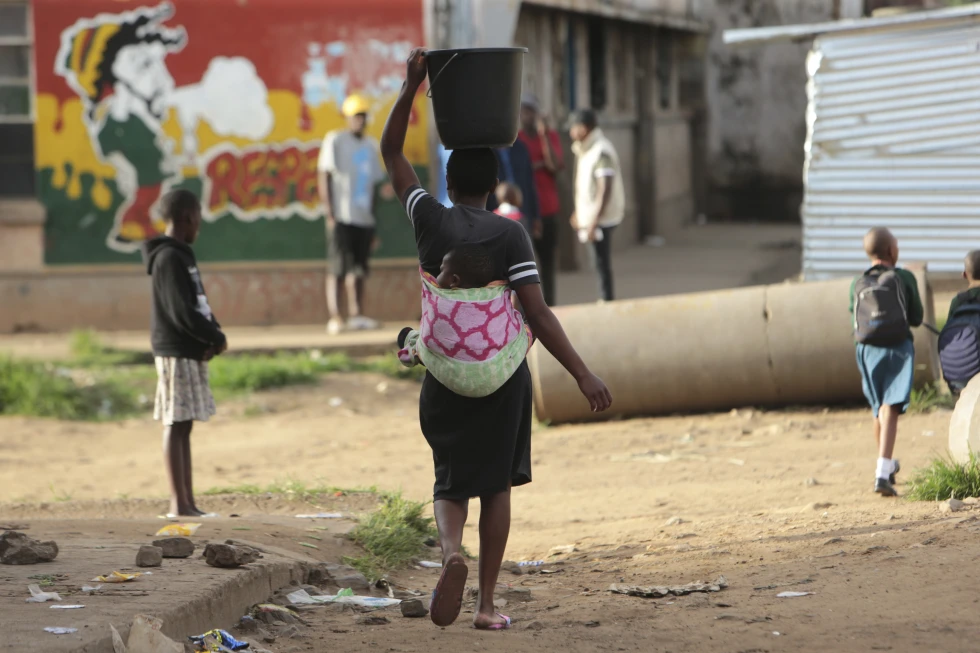In a revealing new report by the UNFPA, alarming statistics have surfaced highlighting the vast disparities in maternal health outcomes across the globe. The “State of World Population” report illustrates a grim reality: an African woman is approximately 130 times more likely to die from pregnancy and childbirth complications than her counterparts in Europe or North America. This stark inequality underscores a global health crisis that is exacerbated by racial and socioeconomic factors.
The UNFPA has also brought to light that nearly 500 maternal deaths occur daily in regions plagued by humanitarian crises or conflict, with women of African descent in the Americas facing significantly higher mortality rates than white women. Dr. Natalia Kanem, the executive director of UNFPA, reflects on the issue, stating, “Despite global advances, millions of women and girls remain at a severe disadvantage due to their identity and birthplace.”
Legislative Gains Amid Rising Challenges
The report not only addresses the dire statistics but also notes some progress in the legislative arena. Over 160 countries have enacted laws against domestic violence, and there has been a notable decline in laws against LGBTQIA+ individuals. However, Dr. Kanem warns of the politicization of human reproduction and the increasing opposition to the rights of women, girls, and gender-diverse individuals. “The progress we’ve seen is now slowing, and in some areas, it has stalled entirely,” she stated.
With annual reductions in maternal deaths no longer improving and health systems weakened by discrimination and misinformation, the urgency for enhanced investment in health care and education is clear. The cessation of U.S. funding for the UNFPA under former President Donald Trump, primarily over abortion-related issues, has stripped the organization of critical resources, impacting its ability to combat these life-threatening disparities.

